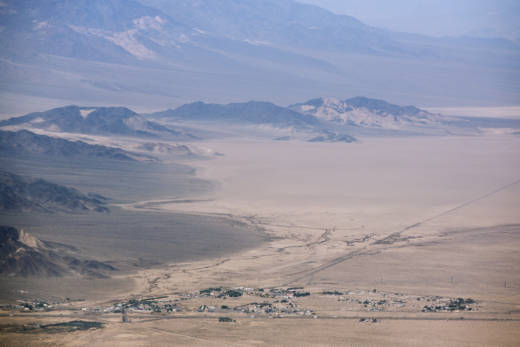The Trump administration is considering altering a plan that protects millions of acres of the California desert in order to boost energy development, mining and recreation.
The Desert Renewable Energy Conservation Plan was finalized less than 18 months ago, but the Bureau of Land Management announced Thursday that it would revisit it with an eye toward opening even more areas to renewable energy development, off-road vehicles, mining and grazing.
The conservation plan, which covers more than 22 million acres of private and public land across seven Southern California counties, nearly doubled the amount of protected land in the desert while concentrating energy development into areas where it would be least harmful to wildlife and the environment. Other lands were set aside for off-road vehicle access and recreation.
“We need to reduce burdens on all domestic energy development, including solar, wind and other renewables,” Principal Deputy Assistant Secretary for Land and Minerals Katharine MacGregor said in a press release.
The decision to reopen the conservation plan comes in response to an April 2017 executive order directing federal agencies to review all regulations or decisions that could “potentially burden the development or use of domestically produced energy sources.”

